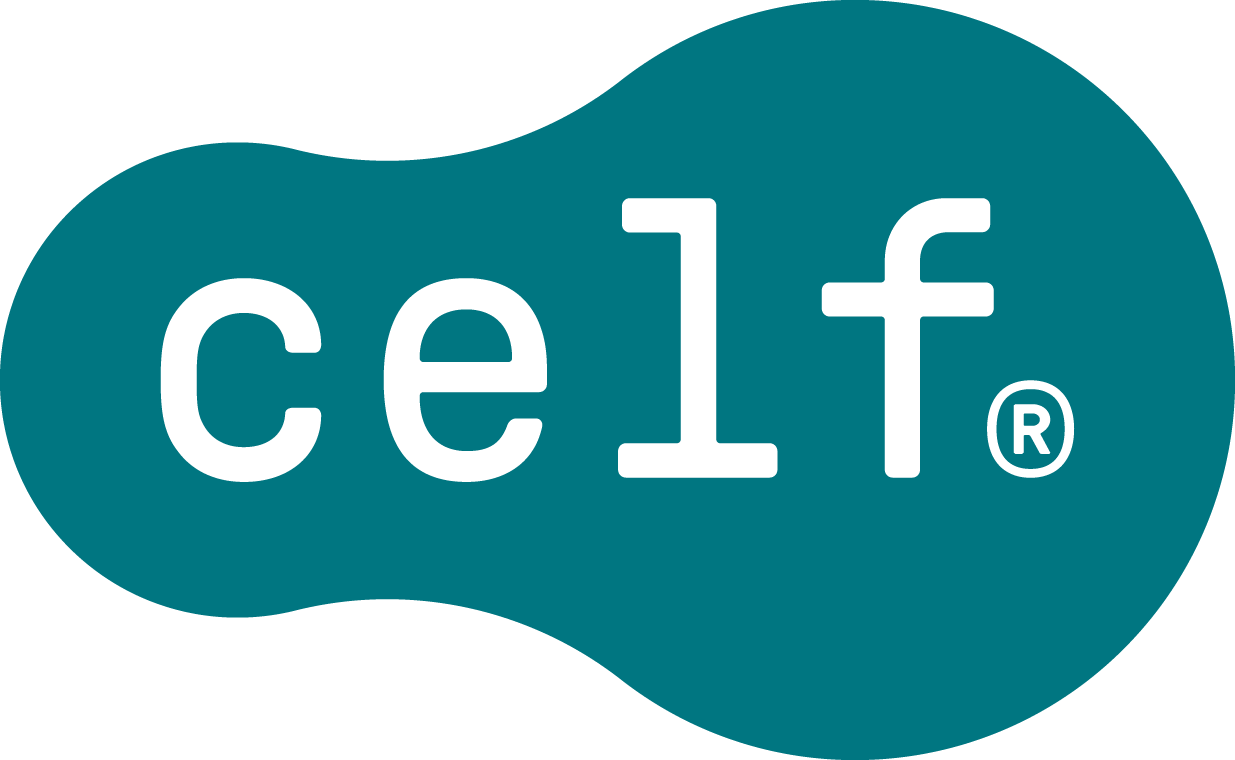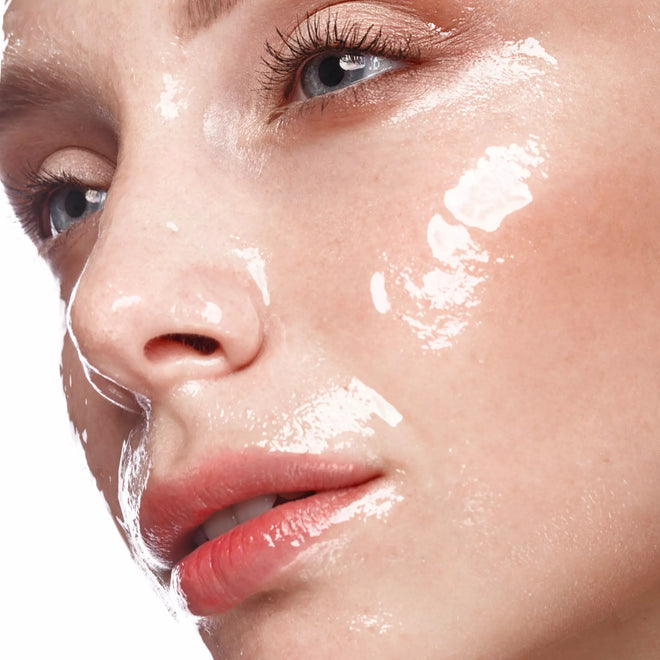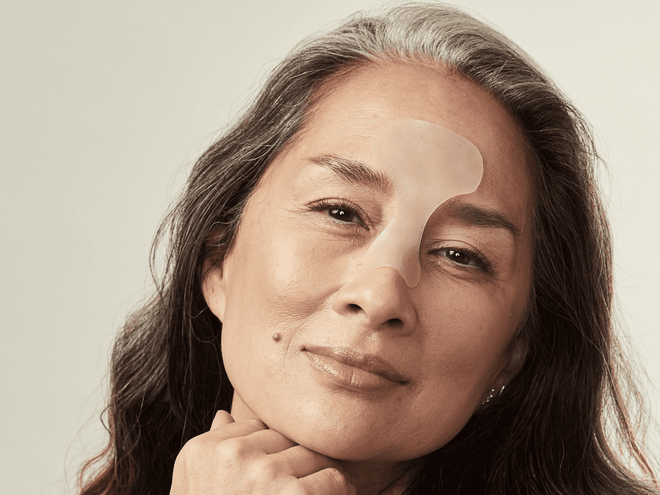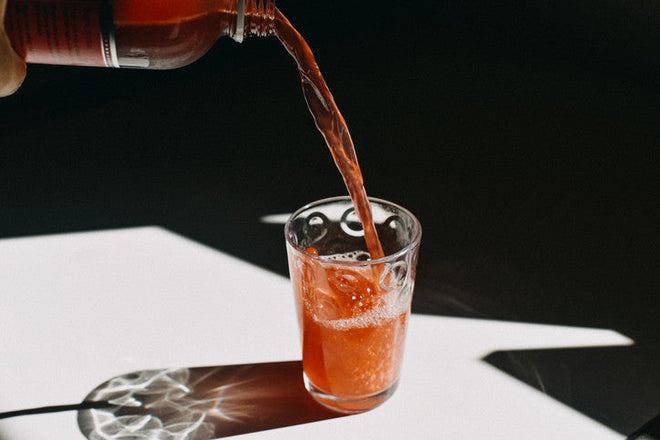Red vs. Blue LED Therapy: Which One is Best for Acne & Wrinkles?
Table of Contents
Introduction: The Promise of LED Light Therapy
Clear, healthy skin is a goal for many, and modern skincare solutions are making it easier to achieve. One of the most exciting innovations is LED light therapy, which has been proven to treat conditions like acne, hyperpigmentation, and signs of aging.
LED therapy utilizes different lights to cure different skin problems. For example, blue light is specifically used for acne, while red light works better for wrinkles and fine lines. Many people wonder: Which one is right for me? This comprehensive guide will explain the science behind LED light therapy, compare its benefits, and help you choose the best treatment.
Understanding LED Light Therapy
LED (Light Emitting Diode) therapy is a non-invasive skincare treatment that uses different wavelengths of light to penetrate the skin and stimulate biological processes. Originally researched by NASA for wound healing, it is now widely used in dermatology.
Light Types and Their Benefits
|
Light Type |
Wavelength (nm) |
Benefits |
|
Blue Light |
400-490 nm |
Kills acne-causing bacteria, reduces inflammation, controls oil production |
|
Red Light |
620-700 nm |
Stimulates collagen, reduces wrinkles, speeds up healing |
|
Near-Infrared |
800-1200 nm |
Promotes deep skin repair, reduces inflammation |
Blue Light Therapy
How It Works
Blue light is widely known for its effectiveness in treating acne. Acne is caused by the bacteria Propionibacterium acnes, which blue light specifically targets. According to the National Institute of Health, “Blue light exhibits antimicrobial activity through the activation of endogenous molecules, leading to the formation of reactive oxygen species that attack bacterial cell components.”
Oily skin can further contribute to acne breakouts due to the overproduction of sebum. While sebum’s natural function is to keep the skin moisturized, excessive secretion can lead to clogged pores, creating an ideal environment for bacteria to thrive and cause breakouts. Blue light therapy helps regulate oil production, soothe inflammation, reduce redness and swelling, and prevent future acne development.
Benefits of Blue Light Therapy
-
Eliminates P. acnes bacteria
-
Reduces inflammation & redness
-
Controls excess oil production
-
Prevents new breakouts
-
Improves skin texture
-
Gives clear skin
-
Prevent scarring
Who should use Blue Light Therapy?
Blue light therapy is not suitable for everyone, as it may cause unintended effects in some cases. Some individuals may experience mild side effects, such as temporary redness, dryness, or increased skin sensitivity, especially with overuse. In rare cases, people with photosensitivity, certain skin conditions (like rosacea), or those taking light-sensitive medications (e.g., isotretinoin, antibiotics) may experience irritation or worsened symptoms.
People with oily skin can benefit the most, as blue light helps regulate excess sebum production, reducing breakouts. Additionally, it can be an excellent option for those dealing with acne scars or hyperpigmentation, as it helps calm inflammation and prevent future blemishes
It can also be a great alternative for those dealing with scarring or hyperpigmentation. Additionally, it is an excellent option for people looking for a non-invasive skincare solution, especially if they prefer to avoid chemical treatments.
Clinical Study
A study by Elman et al. examined the effects of blue light therapy on 13 acne patients who underwent 15-minute sessions, twice a week, for 4 weeks. The results showed an 81% reduction in inflammatory acne lesions, highlighting blue light therapy as an effective, non-invasive treatment. This study reinforces its potential as a safe alternative to chemical-based acne treatments, with consistent use leading to significant skin improvements.
Red Light Therapy
Red light therapy is perhaps the most well-known form of LED treatment. Its popularity has grown so much that people often associate the color red with LED therapy itself. This therapy utilizes red light with a wavelength of 600-650 nm and near-infrared light ranging from 800-1200 nm.
Red light is particularly effective in stimulating collagen and elastin production. Collagen makes up about 30% of the body’s protein and plays a crucial role in providing structure and support to the skin and muscles, helping maintain skin firmness and a youthful appearance. However, as we age, collagen levels naturally decline, leading to sagging skin. Red light therapy helps counteract this process by promoting collagen production, keeping the skin tight and firm.
Additionally, it reduces wrinkles and fine lines, preventing the skin from developing a tired or aged appearance.
Benefits of Red LED Therapy
-
Boosts collagen for firmer skin
-
Reduces fine lines & wrinkles
-
Speeds up skin healing & repair
-
Evens out skin tone & reduces redness
-
Helps fade hyperpigmentation
Who should Red Light Therapy
Red light therapy is most suitable for individuals with wrinkles or fine lines. According to the Cleveland Clinic, it can also help reduce redness and scarring. Additionally, red light therapy is effective for treating hyperpigmentation, which causes dark patches on the skin due to excess melanin production. Lastly, it is an excellent option for those looking to rejuvenate their skin and achieve a fresher, more radiant appearance.
Red Light Therapy vs Blue Light Therapy
A lot of people get confused as to which light they should be using. For a novice, this can lead to great confusion. However, as previously mentioned, each light serves its function and should be used according to a person’s requirement for skin treatment, their budget, and the specific problems they need to counteract. People also debate about the effectiveness of the lights and which one is better. Here’s a table depicting the key differences between the two lights:
|
Feature |
Blue LED Therapy |
Red LED Therapy |
|
Best For |
Acne & breakouts |
Wrinkles & aging skin |
|
Penetration Depth |
Shallow (epidermis) |
Deep (dermis) |
|
Key Function |
Kills bacteria, reduces oil |
Stimulates collagen, repairs skin |
|
Results Timeline |
4-6 weeks |
8-12 weeks |
|
Side Effects |
Minimal; mild dryness |
None; occasional temporary redness |
Can You Use Blue and Red Light Together?
Another common question among users is whether they can use both blue and red light therapy together without side effects or skin damage. Recently, devices such as Nexleve face masks have started combining both blue and red light to achieve optimal results. Blue light helps prevent acne and excess oil production, while red light aids in healing scars and reducing wrinkles and fine lines. Using both together can promote healthier, clearer skin free from acne and signs of aging.
At-Home vs. Professional LED Therapy
Previously, LED therapy was only available through professional devices, and treatments were expensive. Additionally, frequent sessions became inconvenient, leading companies to develop at-home LED devices that allow users to undergo therapy without professional assistance. Here are some key differences between at-home and professional LED therapy:
|
Factor |
At-Home Devices |
Professional Treatment |
|
Effectiveness |
Low to moderate |
High |
|
Cost |
$50-$500 (one-time) |
$75-$200 per session |
|
Time to See Results |
4-12 weeks |
2-4 weeks |
|
Ideal For |
Maintenance |
Intensive skin concerns |
How to Use LED Therapy at Home
The best way to use light therapy at home is by following a few essential steps to ensure maximum results:
1. Cleanse your face to remove dust, smoke, and other impurities that may hinder light penetration.
2. Select the appropriate light based on your specific skin concern.
3. Position the device properly so it covers the entire face.
4. Use the device for 10-20 minutes per session, 3-5 times a week, allowing your skin to rest between treatments.
5. Follow up with skincare—apply a serum and moisturizer to lock in the benefits.
6. Always wear sunscreen if heading outdoors to protect your skin from damage.
FAQs
1. How long does it take to see results?
• Results depend on skin type and specific concerns. Generally, acne improvement is noticeable within 4-6 weeks, while wrinkle reduction may take up to 12 weeks.
2. Can LED therapy damage the skin?
• Unlike UV light, LED therapy is non-damaging and safe, which is why it is considered a non-invasive treatment. However, it may affect sensitive eyes, so proper precautions are recommended.
3. Can I use LED therapy daily?
• Most experts recommend using LED therapy 3-5 times per week for the best results, avoiding excessive use to prevent overstimulation.
4. Is LED therapy safe for all skin types?
• Yes, but individuals with photosensitivity or certain medical conditions should consult a dermatologist before use.
5. Can LED therapy be combined with other skincare products?
• Yes! Combining LED therapy with skincare products like serums and moisturizers enhances its benefits, leading to healthier, rejuvenated skin.
6. Can LED therapy help with dark spots & hyperpigmentation?
• Yes, red LED light can help fade dark spots and even out skin tone over time.
7. How do I choose the best at-home LED device?
• Look for FDA-cleared, dermatologist-approved devices with adjustable settings. Reading customer reviews can help ensure quality and effectiveness.
Final Thoughts: Is LED Therapy Right for You?
Both blue and red LED light therapy offer impressive skin benefits. If you struggle with acne, blue light is best. If your goal is anti-aging, red light therapy is ideal. For comprehensive skincare, consider using both together.
Have you tried LED therapy? Share your experience in the comments below!




